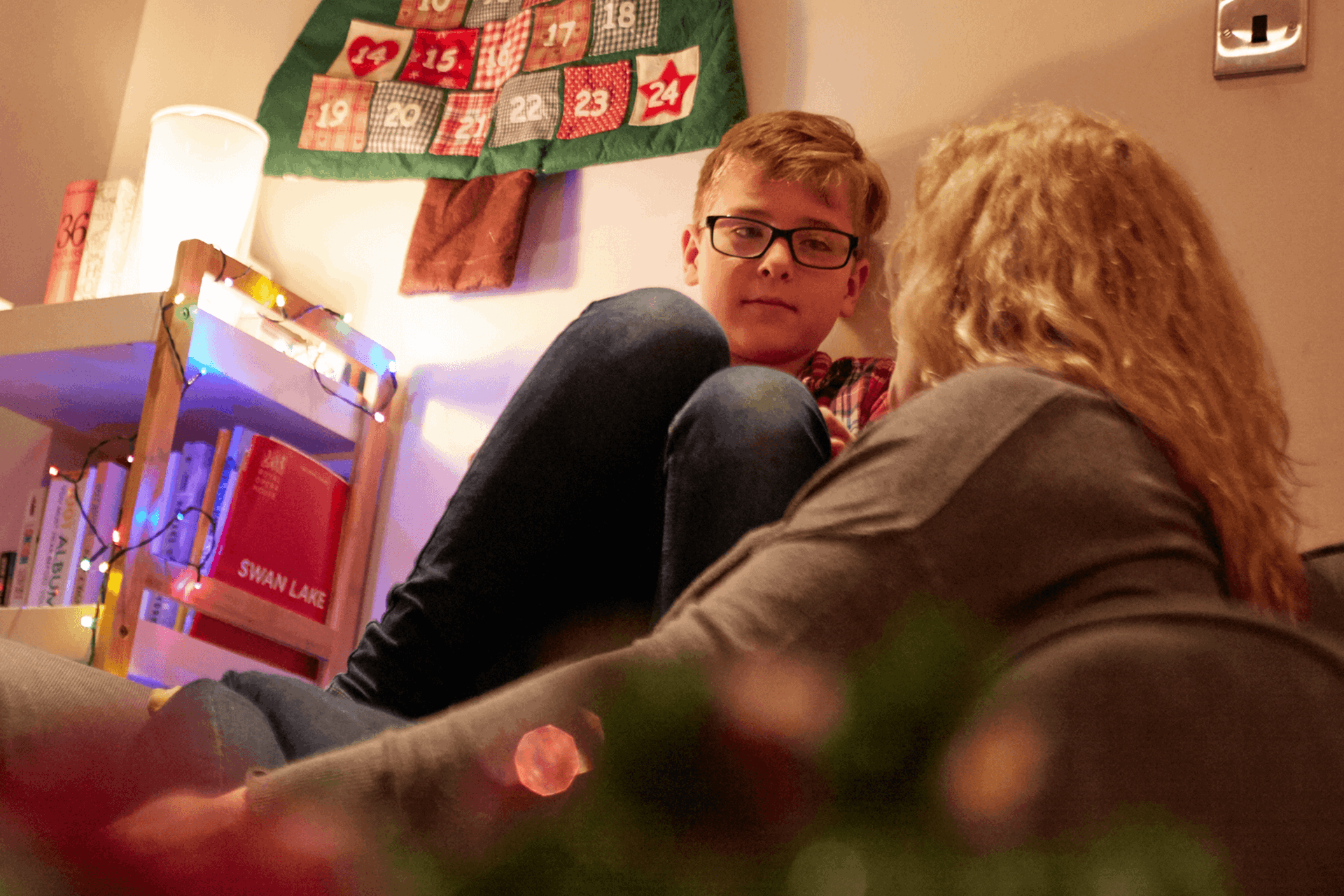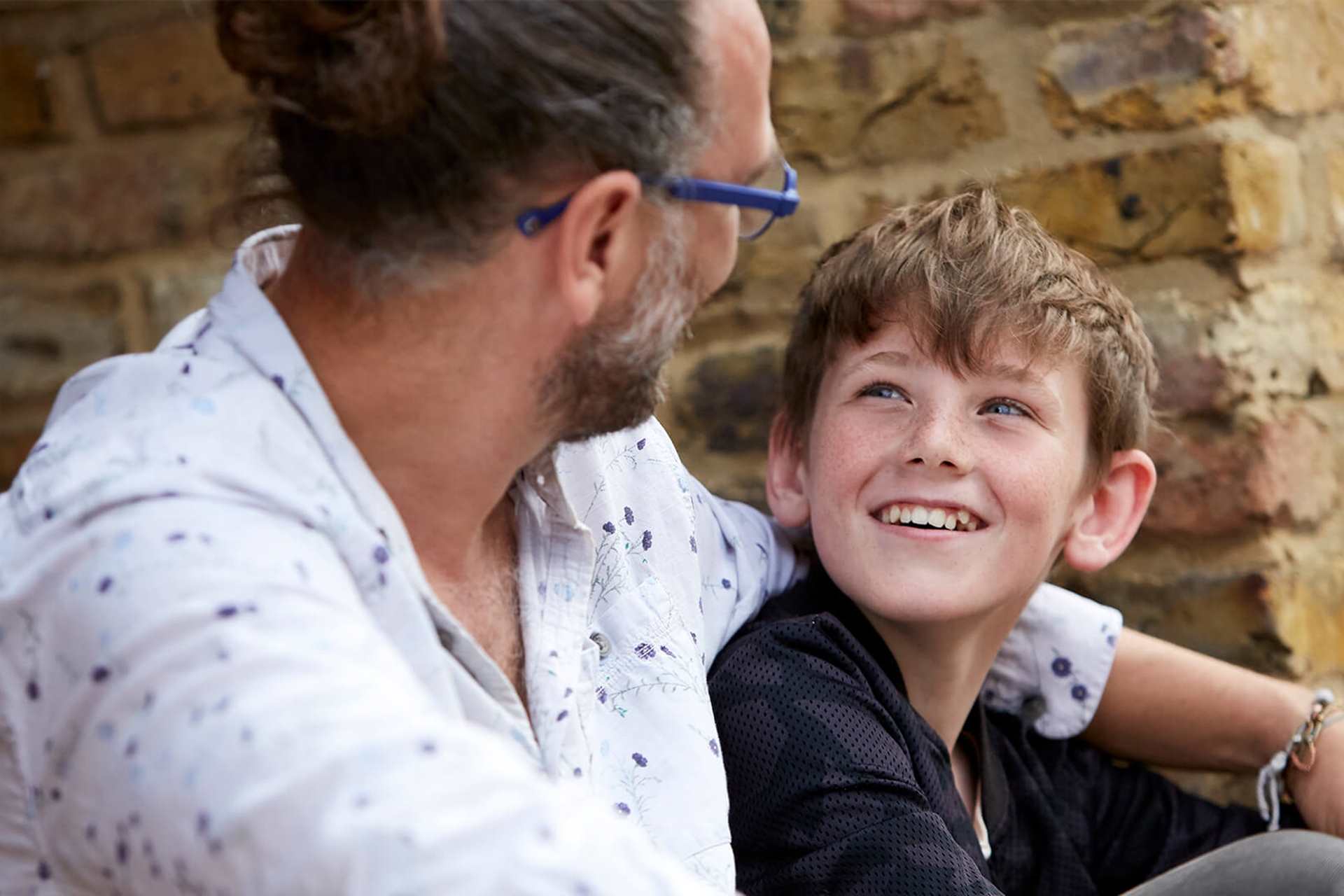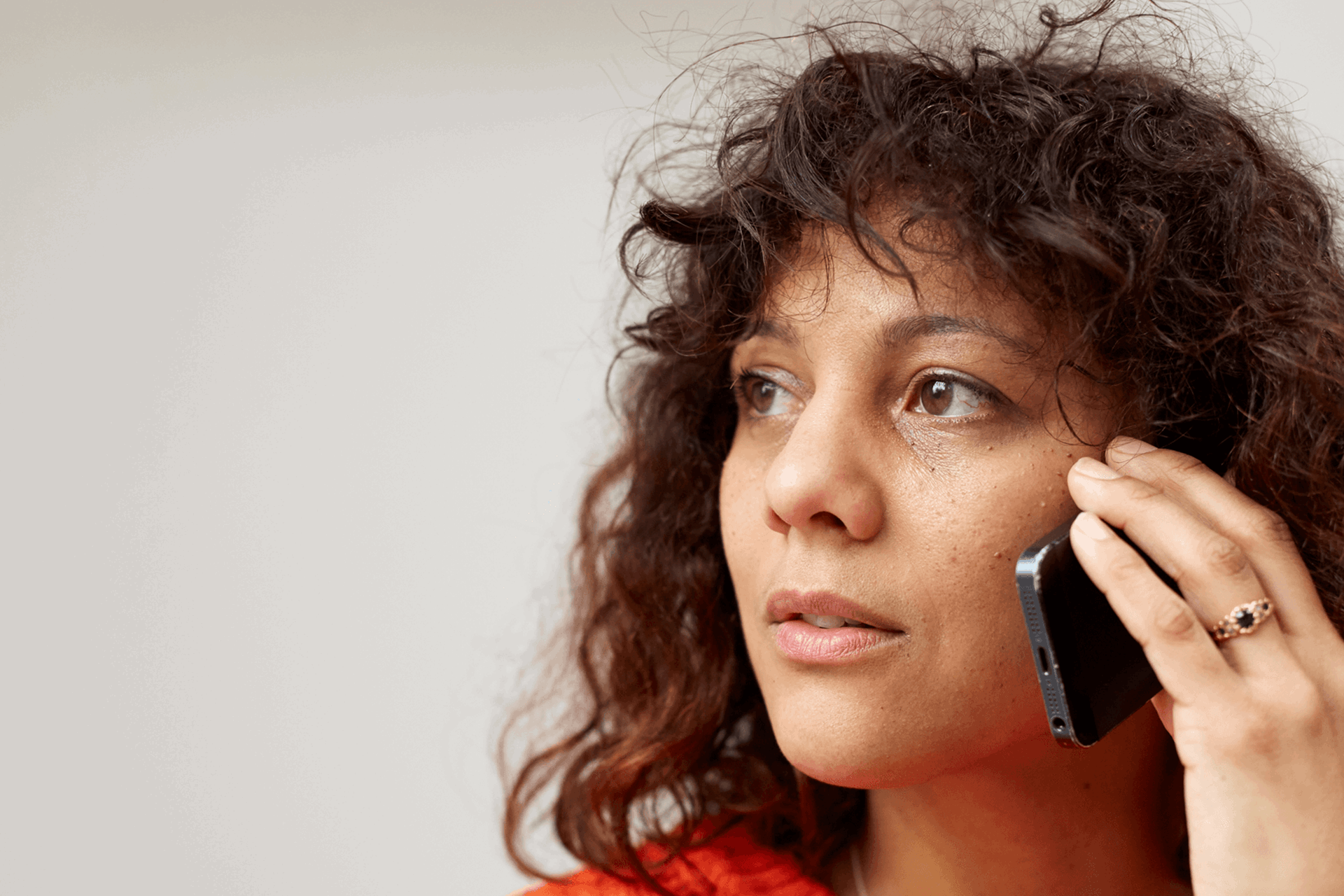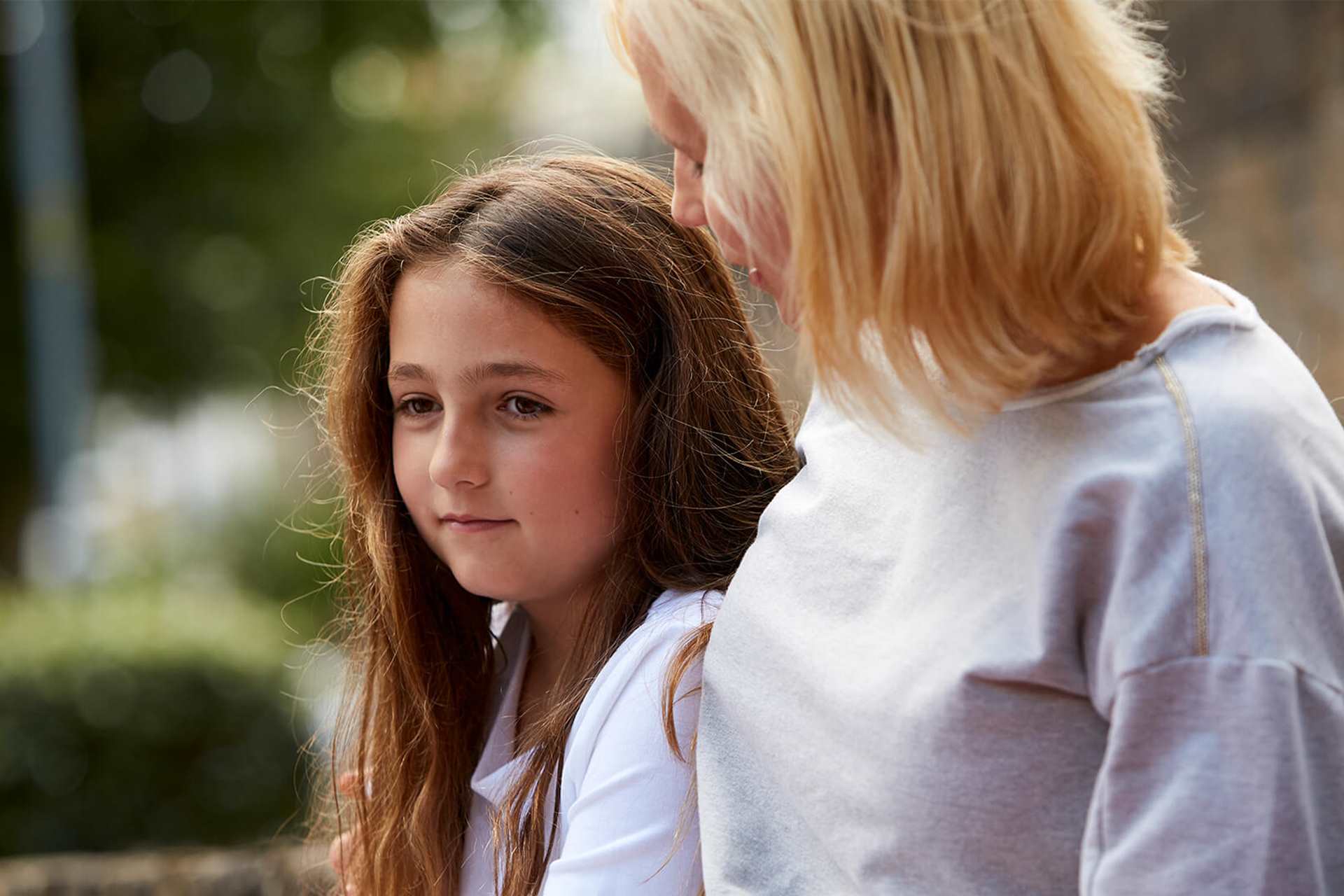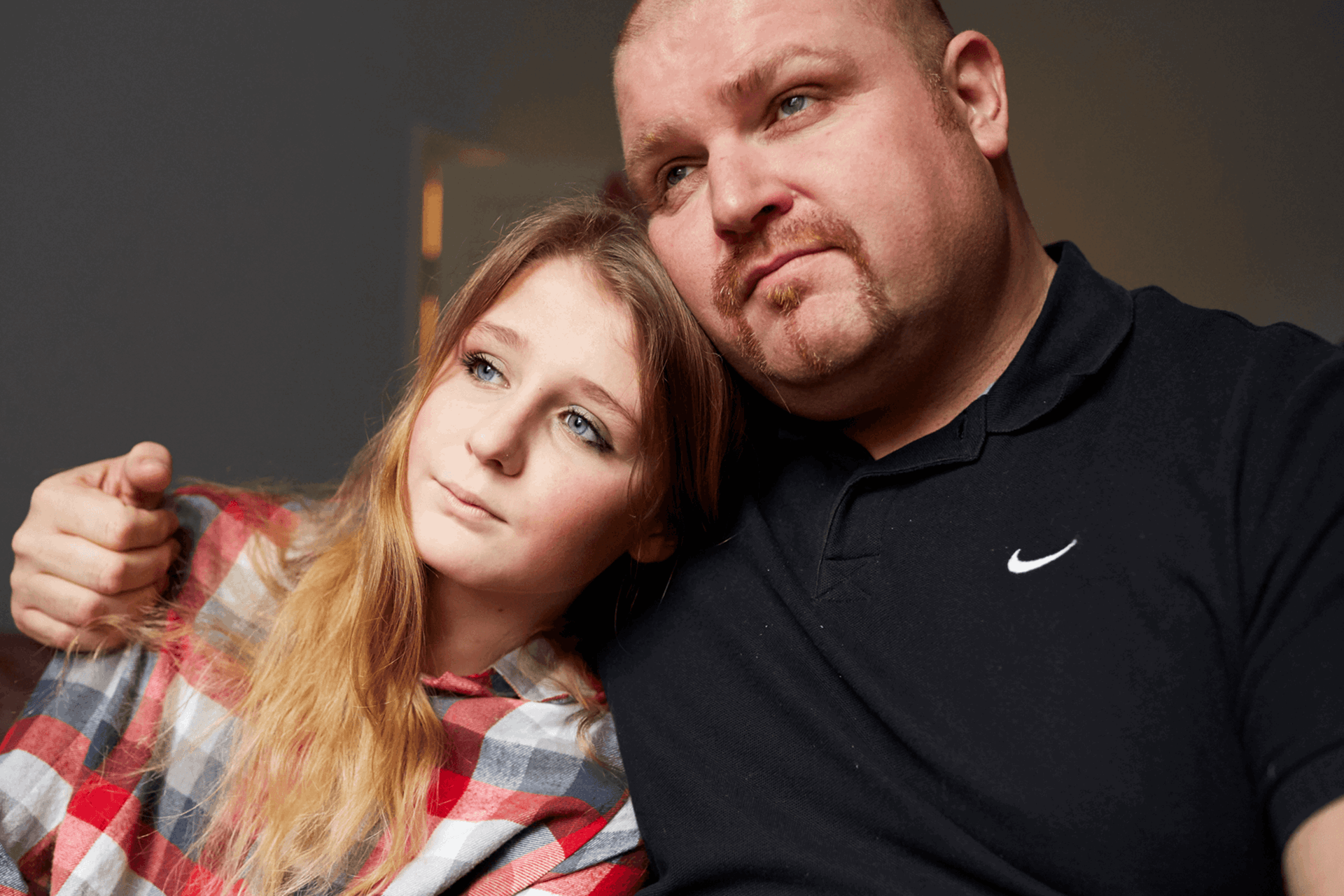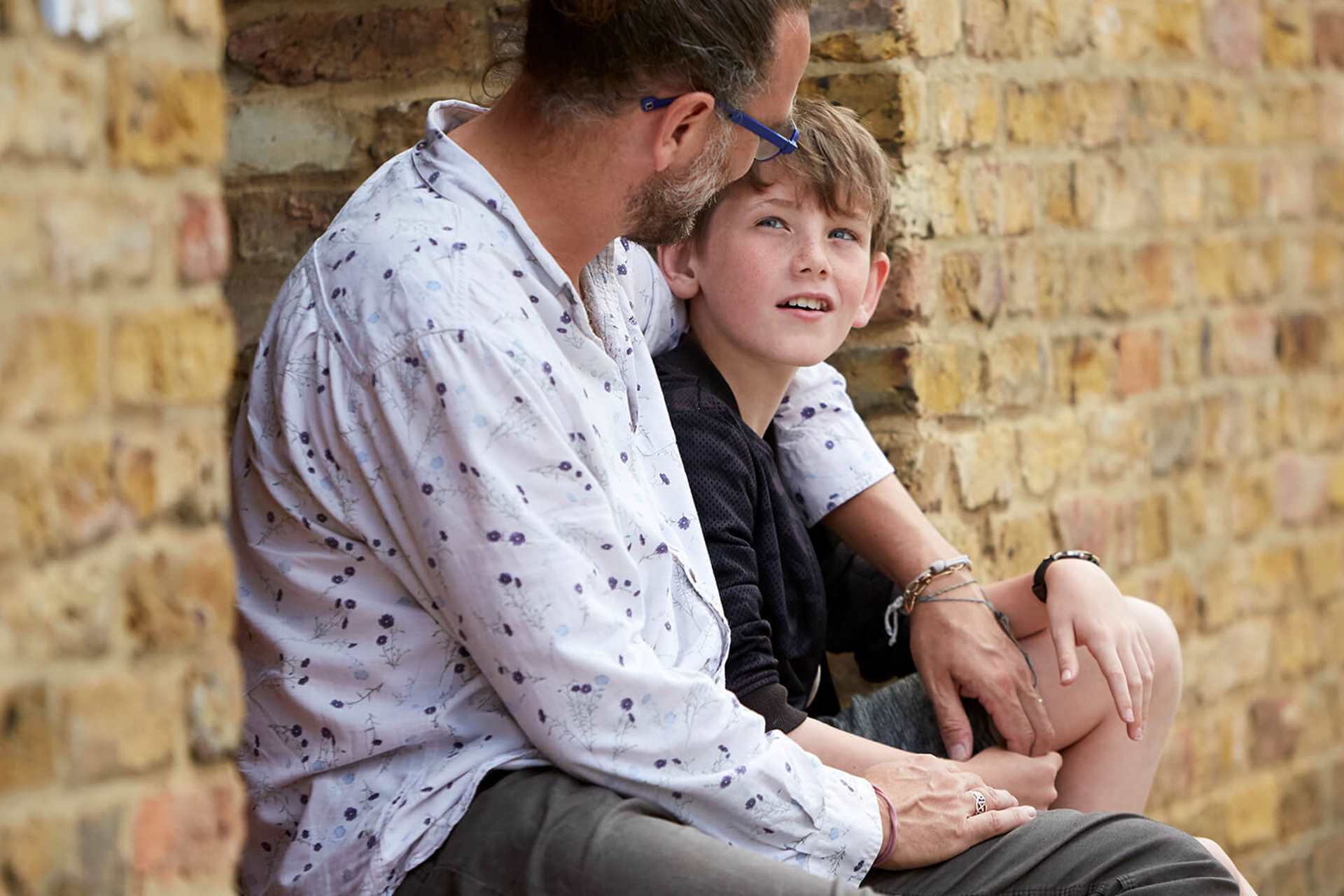Topics mentioned: anxiety
If your child often feels worried or anxious, and it’s upsetting them or making it difficult for them to think about or do other things, you can try making a worry box together.
Worry boxes are containers into which children can post their anxious thoughts. Children can find them soothing because they:
- give them a physical way of getting rid of their worries, so they don’t need to carry them around anymore
- make them feel safer by holding their anxious thoughts for them
- help them to understand that thoughts are just thoughts, not real things that happen in the world, and that it’s possible to let them go
- create a routine for sorting out their worries and sharing them with you
This guide is written for parents of primary-aged children. Teenagers may also find a worry box helpful, and they can make and use the box using these instructions – but they might prefer to do this by themselves. Teenagers may also find it helpful to look at our instructions for how to make a self-soothe box, which is similar and can also help in times of anxiety.
Children can find worry boxes soothing because they give them a physical way of getting rid of their worries, so they don’t need to carry them around anymore.
What you'll need
- any kind of box or container, such as an old shoe or tissue box, a wooden box, a jar or a tupperware box
- things to decorate the box with, such as pens, paints, glue, wrapping or tissue paper, stickers or glitter
- paper
- a pen
- if you have them, sellotape, scissors and string (but you can make the box without these)
Step 1: Explaining the worry box to your child
-
1.
Let your child know that we all worry sometimes, but that when our heads get too full of worries it can make it difficult to do or think about other things. -
2.
Explain that you’re going to make a box where they can put their worries so they don’t have to carry them around anymore. You might say that you’re going to give their worries to a ‘worry box’, which can hold them so your child can let them go. -
3.
Reassure them that you’re going to make and use the worry box together. You’ll be with them when they think about their worries, and you can help them talk them through.
Let your child know that we all worry sometimes, but that when our heads get too full of worries it can make it difficult to do or think about other things.
Step 2: Making the worry box
If you’re using a cardboard box, seal down the lid using sellotape and then use scissors to make a slit in the top that’s big enough to post slips of paper through – so that it works like a post-box. If you’re using a wooden box or jar, make sure you can open and close the lid. Your child might like to tie the lid closed with a piece of string (but remember to make sure they can undo it easily!).
Let your child lead on the decoration if they can. You can use things like felt tips, paints, wrapping or tissue paper, stickers and glitter.
Label the container the 'worry box' by writing this somewhere on it.
Ask your child if a particular place feels right for them. Avoid keeping it in or next to their bedroom. Try to find somewhere that puts a bit of distance between them and their worries. They might want to hide it inside a cupboard in the living room or kitchen. Or, if they tend to worry about things that are the parents’ job to manage, it could help to keep the box in your bedroom.
Tear up some slips of paper and leave these next to the box with a pen.
Agree where to store the box, asking your child if a particular place feels right for them. Avoid keeping it in or next to their bedroom. Try to find somewhere that puts a bit of distance between them and their worries.
Step 3: Using the worry box
Ask your child whether they’d like to do this at a particular time every day or week, or just when they’re feeling particularly anxious. Avoid using the box just before bedtime, so they have time to let the worries go before they try to sleep.
At the agreed time, ask your child to write down or draw anything they’re worrying about on the slips of paper (you can write for your child if needed).
Ask your child to share each worry with you, and spend a moment acknowledging it together. You might show that you’ve heard them by repeating the worry back to them, and thinking briefly about any strategies that could help your child to cope with the worry in the future. Then ask your child to fold up the piece of paper and post it into the box.
Recognise together that the worries have been given to the box and can be left in there. Agree not to give them anymore airtime that day – the box has got them and they can let them go.
If the box doesn’t have a sealed lid, put the lid back on and/or tie it closed with the string. Then put the box back in the storage place you agreed together.
It might be something your child enjoyed recently, something they’re looking forward to, a person they love or an activity they know they like doing. Some children might like making another box of positive thoughts, in which they can write down and keep their happy things. This box can stay open so that they can go back through it whenever they want to.
Some children might like making another box of positive thoughts, in which they can write down and keep their happy things.
Remember that while the worry box can help your child to let go of some anxious thoughts, they may still need to talk to you about their worries at other times. This is completely fine. Talking through their worries can help to reduce their burden, and gives you an opportunity to reassure them.
Often the thing that helps the most is simply knowing that you’ve got how they’re feeling and you are alongside them – so keep talking together and stay curious about what their anxiety is like and what else might help.
Talking through their worries can help to reduce their burden, and gives you an opportunity to reassure them.
More information and advice
Where to get help
-
Anxiety UK
Provides information, support and advice for anyone struggling with anxiety. Please note that this organisation offers paid-for services, including therapy and an advice line.
- Opening times:
- 10.30am-4.30pm, Monday-Friday
-
Youth Access
Provides information about local counselling and advice services for young people aged 11-25.
Put in your location and what you need help with into their 'Find help' search, and see what services are available in your area.
-
Family Line
Provides information and support around family issues, as well as longer-term help through Befrienders and Counsellors.
- Opening times:
- 9am - 9pm, Monday - Friday
Spread the word

